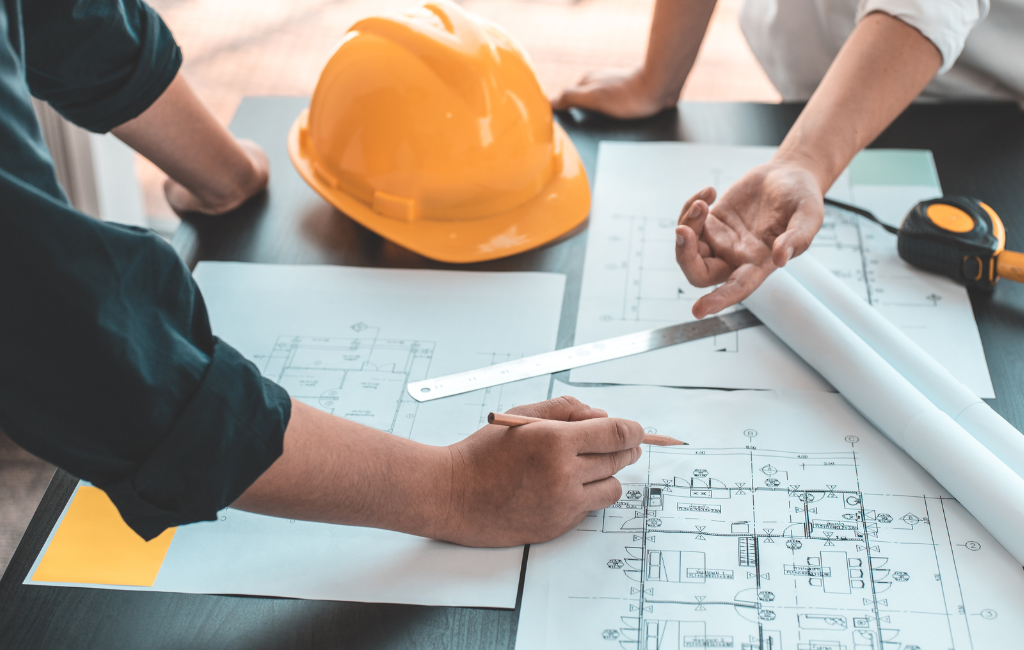
Architect: Visionary Designs for Modern Living
Modern architecture has transformed the way we live, work, and interact with our surroundings. Architects today are not just builders; they are visionaries who shape the future of urban and rural landscapes. This article explores the innovative designs and concepts that define modern living, highlighting key examples and case studies that illustrate the impact of contemporary architecture.
The Evolution of Modern Architecture
The journey of modern architecture began in the early 20th century with the advent of new materials and construction techniques. The use of steel, glass, and reinforced concrete allowed architects to break free from traditional constraints and experiment with new forms and structures.
Key Movements in Modern Architecture
- Bauhaus: Founded in Germany in 1919, the Bauhaus movement emphasized functionality and simplicity. It laid the groundwork for modernist design principles.
- International Style: Characterized by minimalism and the absence of ornamentation, this style became popular in the 1920s and 1930s. Architects like Le Corbusier and Ludwig Mies van der Rohe were pioneers of this movement.
- Brutalism: Emerging in the mid-20th century, Brutalism focused on raw, exposed materials and massive forms. It aimed to create honest and unpretentious structures.
Innovative Design Concepts
Modern architects are constantly pushing the boundaries of design to create spaces that are not only aesthetically pleasing but also functional and sustainable. Here are some key concepts that define contemporary architecture:
Sustainability
With growing concerns about climate change and environmental degradation, sustainability has become a central theme in modern architecture. Architects are incorporating eco-friendly materials, energy-efficient systems, and green spaces into their designs.
- Green Roofs: These are roofs covered with vegetation, which help reduce heat absorption, improve air quality, and provide insulation.
- Solar Panels: Many modern buildings are equipped with solar panels to harness renewable energy and reduce reliance on fossil fuels.
- Recycled Materials: Using recycled and locally sourced materials minimizes the environmental impact of construction.
Smart Homes
The integration of technology into residential design has given rise to smart homes. These homes are equipped with advanced systems that enhance comfort, security, and energy efficiency.
- Home Automation: Smart homes feature automated systems for lighting, heating, and security, which can be controlled remotely via smartphones or voice commands.
- Energy Management: Smart meters and energy-efficient appliances help homeowners monitor and reduce their energy consumption.
- Health and Wellness: Modern homes often include features like air purifiers, water filtration systems, and wellness rooms to promote a healthy lifestyle.
Case Studies: Exemplary Modern Architecture
To understand the impact of modern architecture, let’s look at some notable examples and case studies:
The Edge, Amsterdam
The Edge is often referred to as the smartest building in the world. Located in Amsterdam, this office building is a marvel of sustainable design and technology integration. It features a state-of-the-art energy management system, solar panels, and a rainwater harvesting system. The building’s smart lighting and climate control systems adapt to the needs of its occupants, ensuring maximum comfort and efficiency.
One Central Park, Sydney
One Central Park in Sydney is a striking example of green architecture. The building’s facade is adorned with vertical gardens, which not only enhance its aesthetic appeal but also improve air quality and provide insulation. The development includes a central park, retail spaces, and residential units, creating a vibrant and sustainable urban community.
Fallingwater, Pennsylvania
Designed by Frank Lloyd Wright, Fallingwater is an iconic example of organic architecture. Built over a waterfall in rural Pennsylvania, the house seamlessly integrates with its natural surroundings. Wright’s innovative use of cantilevered structures and natural materials creates a harmonious blend of architecture and nature.
The Future of Modern Living
As we look to the future, modern architecture will continue to evolve, driven by advancements in technology, changing lifestyles, and environmental considerations. Here are some trends that are likely to shape the future of modern living:
Adaptive Reuse
Adaptive reuse involves repurposing existing buildings for new functions. This approach not only preserves historical structures but also reduces the environmental impact of new construction. Examples include converting old factories into loft apartments or transforming warehouses into creative office spaces.
Biophilic Design
Biophilic design emphasizes the connection between humans and nature. Architects are incorporating natural elements like plants, water features, and natural light into their designs to create healthier and more inspiring environments.
Modular Construction
Modular construction involves assembling buildings from pre-fabricated modules. This method offers several advantages, including reduced construction time, lower costs, and improved quality control. It is particularly well-suited for residential and commercial projects in urban areas.
Conclusion
Modern architecture is a dynamic and ever-evolving field that shapes the way we live and interact with our environment. From sustainable design practices to smart home technology, architects are continually pushing the boundaries to create innovative and functional spaces. By studying key movements, design concepts, and exemplary case studies, we gain valuable insights into the visionary designs that define modern living. As we move forward, the principles of sustainability, adaptability, and biophilic design will play a crucial role in shaping the future of architecture.